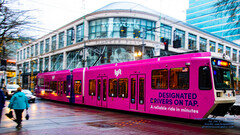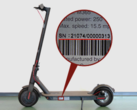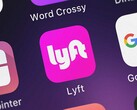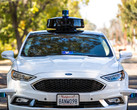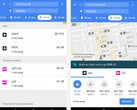A new report indicates that the companies behind the most popular ride-hailing apps - Lyft, Uber, DiDi and Grab - have attained a worth of US$166 billion or more. Additionally, research shows that the market cap associated with the first 2 equals that of the 3 top US car manufacturers combined.
This suggests that personal mobility resulting from vehicle ownership or use, or, rather, the industry based on it, is now under appreciable threat from that based on shared mobility. However, it seems the latter is not stopping at cars: it is diversifying into sharing rides on other forms of transportation, bikes and scooters included.
The latest research now indicates that these adaptations are among the best ways to keep the ride-hailing ball rolling in the future. In addition, the impending rise of autonomous vehicles is likely to have a major impact on this industry. In fact, some analysts suggest that they will be the best path to profitability for companies such as Uber.
In other words, it appears that these firms may be getting ready to use next-gen technology to cut out a heretofore vital part of the ride-sharing service: the driver.




